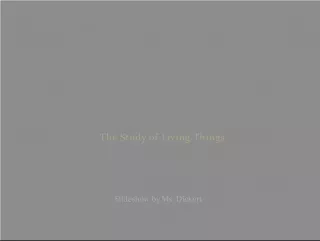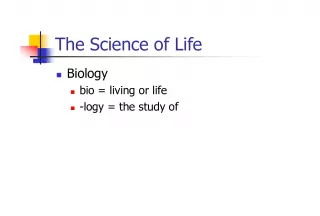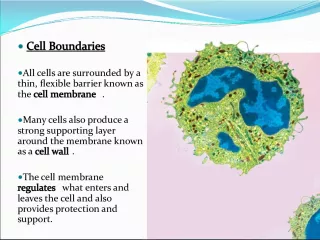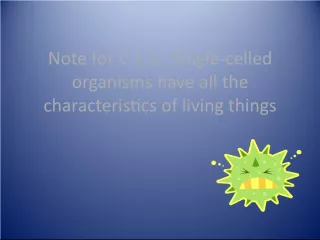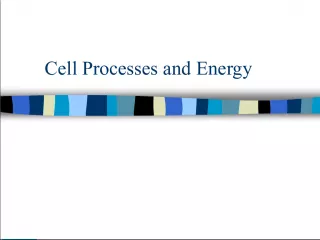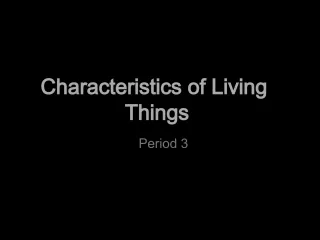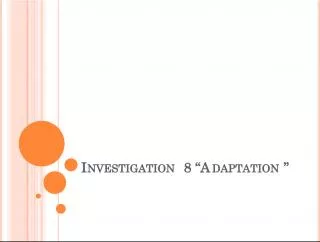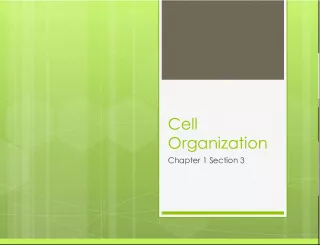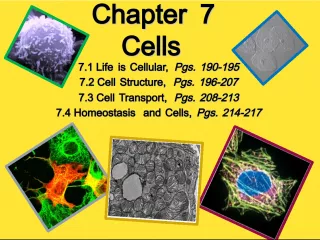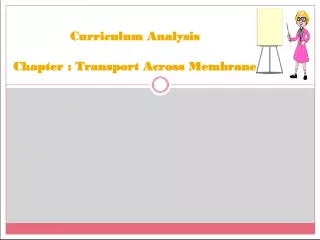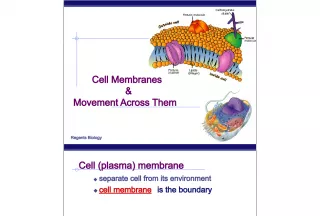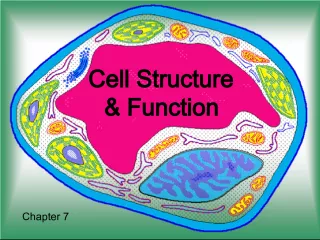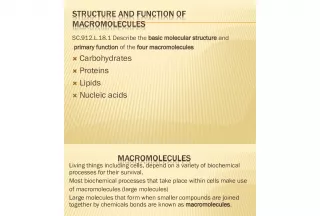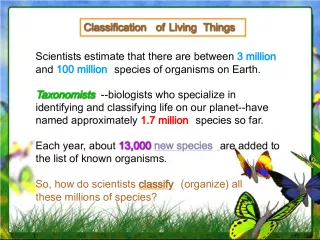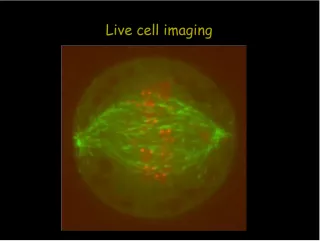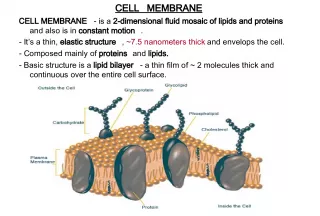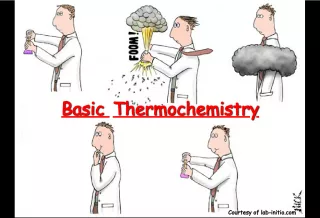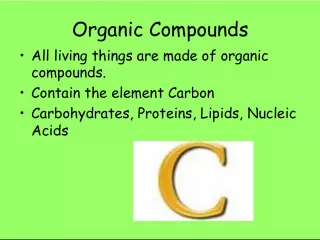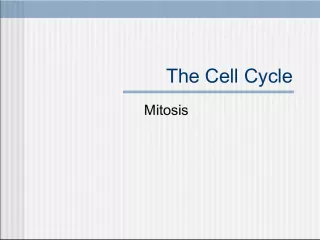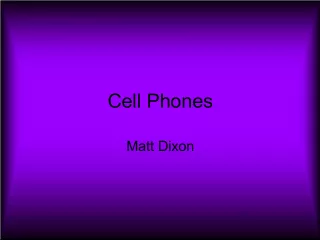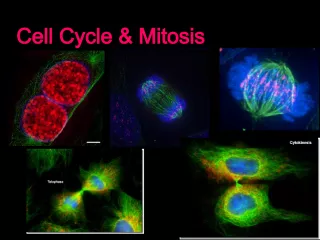The Cell: The Basic Unit of Living Things


In this lesson, Miss Curd's 7th grade science class will learn about the four characteristics of life and the three basic needs of all living things. They will also explore
- Uploaded on | 7 Views
-
 florenceross
florenceross
About The Cell: The Basic Unit of Living Things
PowerPoint presentation about 'The Cell: The Basic Unit of Living Things'. This presentation describes the topic on In this lesson, Miss Curd's 7th grade science class will learn about the four characteristics of life and the three basic needs of all living things. They will also explore. The key topics included in this slideshow are . Download this presentation absolutely free.
Presentation Transcript
Slide11.1C THE CELL IS THE BASIC UNIT OF LIVING THINGS Miss Curd 7 th Grade Science
Slide2ANSWER THE FOLLOWING Summarize the four characteristics of life Describe the three basic needs of all living things What is the smallest unit of a living thing? Explain the difference between Unicellular and Multicellular organisms How did the invention of the microscope lead to the discovery of cells? What is the cell theory What did Louis Pasteur discover and what did he develop as a result? What is spontaneous generation? Is it a valid theory? Why or why not
Slide3LIVING THINGS VS . N ON LIVING THINGS What makes a living thing different from a non living thing? There are 4 characteristics of life Organization How is the body organized? The ability to develop and grow The ability to respond to the environment The ability to reproduce
Slide4WHAT DO LIVING THINGS NEED TO SURVIVE ? 3 basic needs: Energy Where does the energy come from? Plants use the Sun directly Animals use food from plants or other organisms that eat the plants Materials What kind of materials to organisms need? Carbon Dioxide, nitrogen, oxygen and water Where does most of this come from? Food Space to live and grow What happens if any of these requirements are missing?
Slide5WHAT ARE LIVING THINGS MADE OF ? Cells: smallest unit of a living thing Organisms can be unicellular or multicellular……..what’s the difference? Unicellular: made of a single cell and to small to see Multicellular: made up of many cells, each having a different function What is the difference between the needs and characteristics of a unicellular organism and a multicellular organism? All have the same needs and characteristics Unicellular: one cell carries out all of the activities for life Multicellular: cells are specialized to do different jobs
Slide6THE IMPORTANCE OF THE MICROSCOPE Instrument that makes an object appear bigger than it is First came into use in the 1600’s Robert Hooke and Anton van Leeuwenhoek were some of the first to describe cells Hooke named the cell after looking at bark cells Van Leeuwenhoek described the cell after looking at pond water
Slide7DO ALL LIVING THINGS HAVE CELLS ? Scientists started studying samples from various forms of living matter Found cells in all of them Not all were exactly the same Saw that living cells divide All of these findings led to the Cell Theory 1. Every living thing is made of one or more cells 2. Cells carry out the functions needed to support life 3. Cells come only from other living cells What is a theory?
Slide8OTHER I MPORTANT S CIENTISTS Matthais Schleiden concluded that all plants are made of cells Theodor Schwann concluded that all animals are made of cells Rudolf Virchow concluded that all cells come from other cells
Slide9LOUIS P ASTEUR Showed cell theory in the real world Microscopic organisms are a cause of both spoilage of food and disease Experiments showed that microscopic organisms (bacteria) were present in milk causing it to sour Developed a process of pasteurizations using heat to kill bacteria Started to wonder if these also caused illness in humans and animals Led to treatment of rabies in humans Disproved theory of spontaneous generation: the belief that bacteria grew from nonliving things
